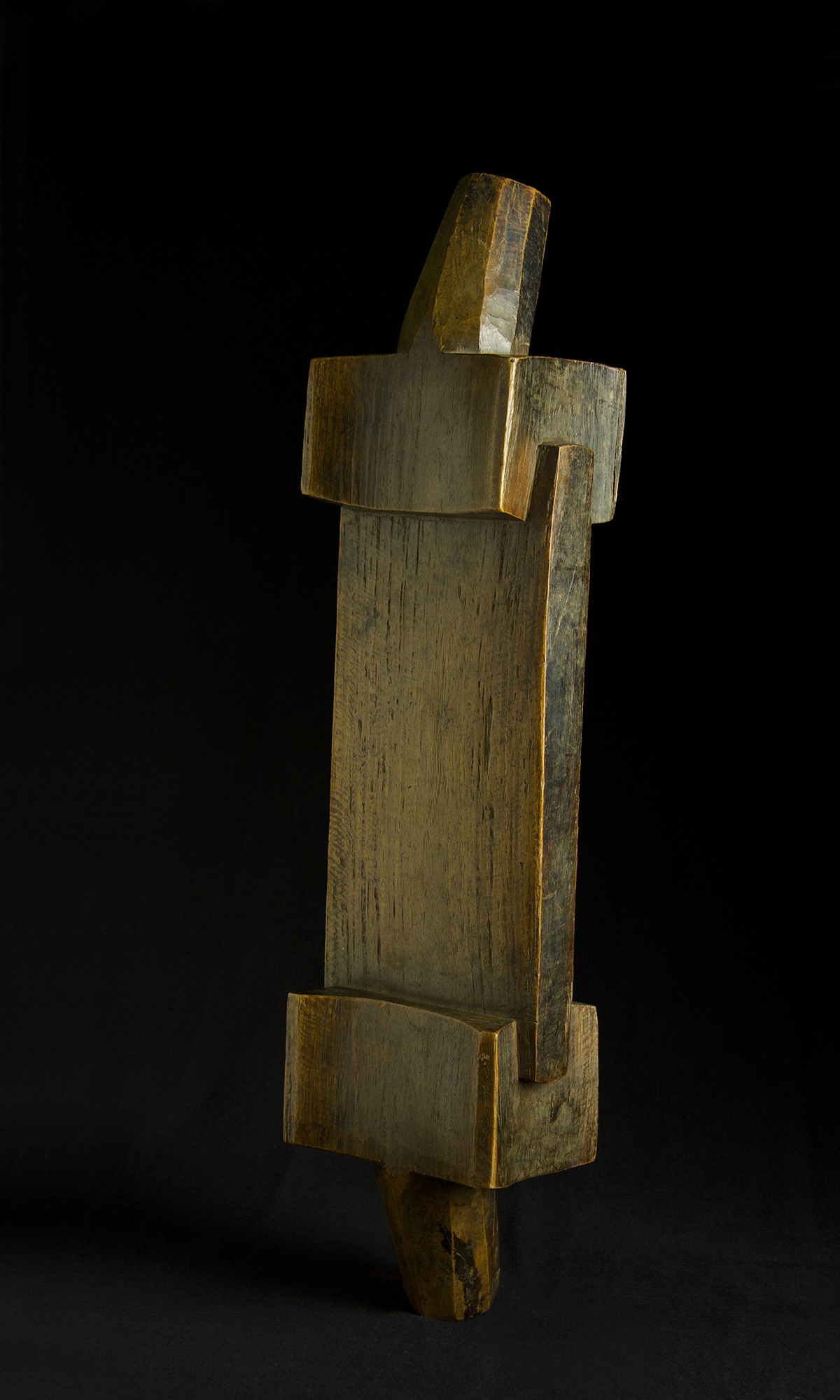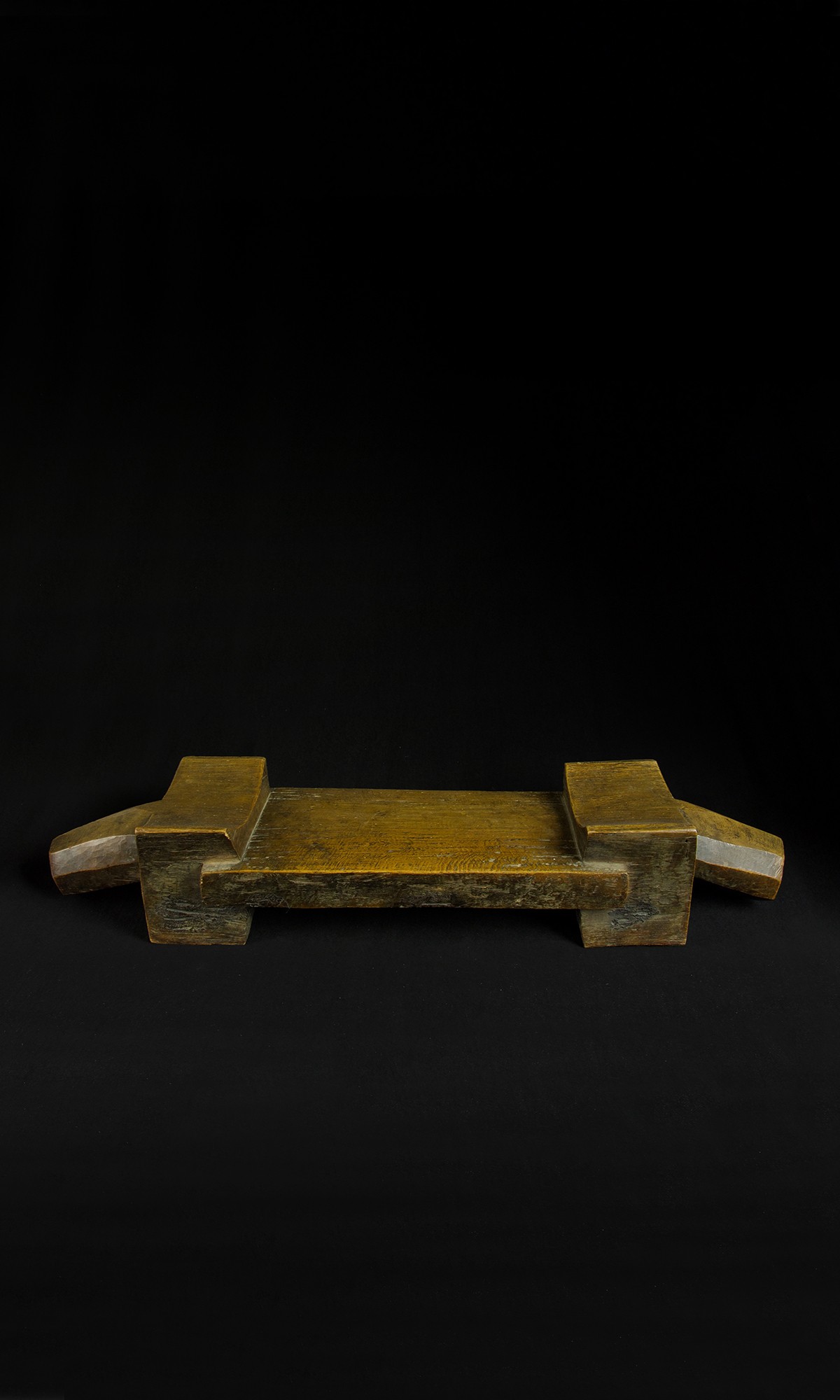the wooden chair of ifugao is called
They are attached as earrings to the. The Cadangyan families of Ifugao are largely inter-related.
What does it symbolizeA.

. The bulul was believed to guard the rice crop and gain power from the presence of the ancestral spirit but it also represented the hundreds of spirits deities and ancestors that populated the. Another one is Hagabi a wooden chair of Ifugao which symbolizes his status as a citizen in their community. Every late April during the Imbayah Festival in Banaue Ifugao you can see Ifugaos in their ethnic attire riding their handcarved wooden scooters down the hill with speed records of up to 50 kilometers per hour.
Download the Android app. Are next called upon and another two bundles of newly harvested rice are placed on the two east side corners of the chest. The ground floor the second level for the living quarters and the third level which was used as the granary.
This is no longer produced nowadays since marriage. Locally called fale or bale this traditional house is from Mayoyao in northern Ifugao. The Ifugao House have three functional levels.
This wooden scooter was originally made not for recreational use. The item is more of a dipper than a ladle on account of its relatively deeper bowl. The Bulul is an Ifugao anthropomorphic carving that symbolizes an Ifugao rice god or guardian spirits.
The dukaw is attached to the long inipul strings of beads forming the headdress. Is what they calll a person who belongs to the higher status in. Hagabi is a wooden chair of Ifugao.
It is a wooden chair of Ifugao which symbolizes his status as a citizen in their community It depicts the wealth and power of the own who is called Kadanagyan or a person who belongs to the higher status in their society. Study on the go. A wooden chair of Ifugao which symbolizes as a citizen in their community.
Most well-known design of indigenous art. The four bundles of harvested rice are called li-ub. A distinguishing feature of the Ifugao house is the halipan rat guards in each of the four posts that elevate it.
Hagabi are traditionally large ceremonial benches carved for wealthy Ifugao families as a symbol of wealth power and prestige. Abundance and prosperity Bhealth and - Brainlyph. Bolivianouft and 14 more users found this answer helpful.
The second level or the living area was accessible through a removable ladder. Like most traditional houses in the Cordillera the Ifugao bale is constructed from hand-hewn timber runo and cogon grass Scott 1962. It also signifies fertility and is sometimes believed to house the spirits of ancestors.
It is a four-wheeled cart sometimes two which was used by forefathers to transport firewood palay and sweet potatoes from the habal or swidden back in the early 1900s. It is an evolved form of the tal-tallak an Ifugao word which means truck. It also signifies fertility and is sometimes believed to house the spirits of ancestors.
This is part of the wooden scooter race. The wooden seat or hagabi is placed under the eaves in the stone-paved yard that surrounds the little wooden four-stilted house with the high-peaked thatched roof that is so typical of the country and is. This dipper or ladle comprises half a coconut shell that serves as the bowl and a carved wooden handle.
It was only worn by the Ifugao kadangyan propertied elite. The ground level the posts have wooden discs which was called oliang to prevent rats from entering the house. A bronze anthropomorphic figure attached to a small piece of wood.
22This art is the art of shaving bamboo into artful creations that can be used as décor for arches. 21A wooden chair in Ifugao which symbolizes his status as a citizen in their community. The handle is carved as two figures who appear to be almost involved in a sexual act which is not uncommon among Ifugao spoons ladles and dippers.
A seven kilometer downhill wooden scooter race set along the world famous UNESCO World Heritage site of the Banaue. It is part of a headdress called dungdung worn on the head of a woman during her marriage ceremony called uya-uy. Probably one of the most iconic and recognizable images of the Ifugao religion are bululs totemic male and female figures carved in wood used in rituals and as guardian figures.
As the invoked deities possess the priest and the wooden bulul images one whole grain of rice is taken from each bundle of li-ub. It depicts the wealth and power of the owner in who is called Kadanagyan or a person who belongs to the higher statu s in their society. Only the people in higher social status can afford this.

Hagabi An Unusual Trivia Of Philippine History And World Facebook

Ifugao Box Basket Round Rice Rattan Food Ifugao Tribe Etsy Basket Rattan Twining

Pin By Brenda On Christmas Beauty Peace Joy Love Memories Traditions And Reflection Cabins In The Woods Cabin Cabins And Cottages

Wooden Ifugao Figures From Anthropology S Philippines Collection Amnh

Hagabi An Unusual Trivia Of Philippine History And World Facebook

Hagabi Form I Form Sculpture Galen Lowe Art Antiques

What Are The Death Traditions Of The Indigenous Filipino People The Living Urn

Ethnographic African Chair Vatican

Unesco World Heritage Convention News

Philippine Textiles Our Home Our Style

Document 2 Ifugao Ifugao The Ifugao Is A Group That Lives In A Mountainous Region Of Studocu

Hagabi Form I Form Sculpture Galen Lowe Art Antiques
This Ifugao Bench Was Sold At A World Record Price At An Auction Bcg

Restaurant Review The Self Conscious Luxury Of Frenchette The New Yorker

Hagabi Form I Form Sculpture Galen Lowe Art Antiques
This Ifugao Bench Was Sold At A World Record Price At An Auction Bcg

Ifugao Prestige Bench Hagabi Made World History As The Most Expensive Filipino Artifact Wowcordillera

